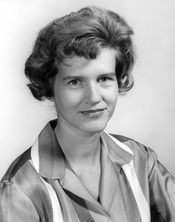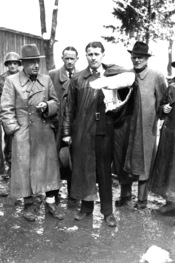During WWI the Germans used rockets solely for illumination or signal purposes. Those rockets were exclusively solid fuel. In the interwar period, army ordnance section one had a renewed interest in rocketry with innovations in the field of solid fuels and smokeless powder. The expressed interest was in using solid fuel rockets to launch poison gas attacks against the enemy. A much greater reality came to the Germans with the advancement of liquid fueled missiles. Although rockets were overlooked in the Treaty of Versailles as a weapon that was to be limited, they were still developed in absolute secrecy. It was this secrecy that further caused the fall of the British and French morale. The young Wernher von Braun, along with Johannes Winkler, played a key role in the development of these "aggregate" rockets.
In the beginning of all of this new technology, aside from the army's interest in rocketry, there were also amateur enthusiasts.
In order for these programs to work in the future, as weapons of terror and vengeance, they had to be kept absolutely secret from the public, and especially from the enemy. There was an additional threat of commercial exploit, for example rocket assisted planes. When Hitler came to power in 1933, work had started at Kummersdorf just two months earlier. This new super nationalist fascism made it possible to keep the amateur groups under wraps. Under Weimar's republic this would have been impossible. Johannes Winkler, who headed Hugo Junkers, was experimenting with his own rockets and in March of 1931 he was documented as the first man to launch a liquid fueled rocket. The first launch used a thrust of only seven kilograms, and proved the type of fuel and oxidizer, used later by von Braun, liquid oxygen and alcohol successful. The facilities at...



This essay
I got a great grade on this paper, and I've even gotten to do a speech on it...Two grades for the work of one!
2 out of 2 people found this comment useful.